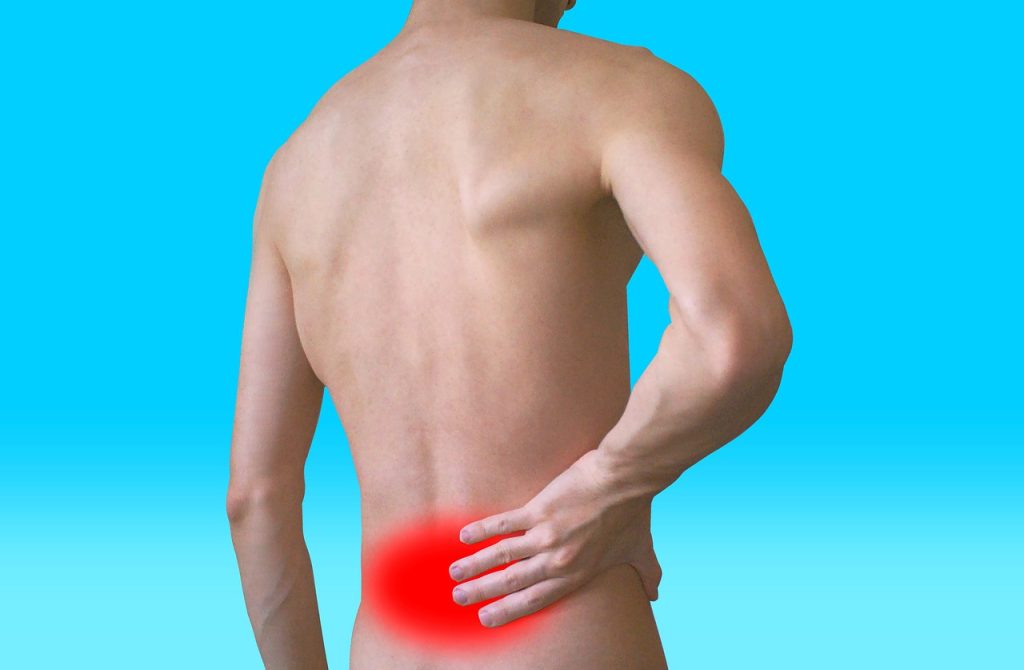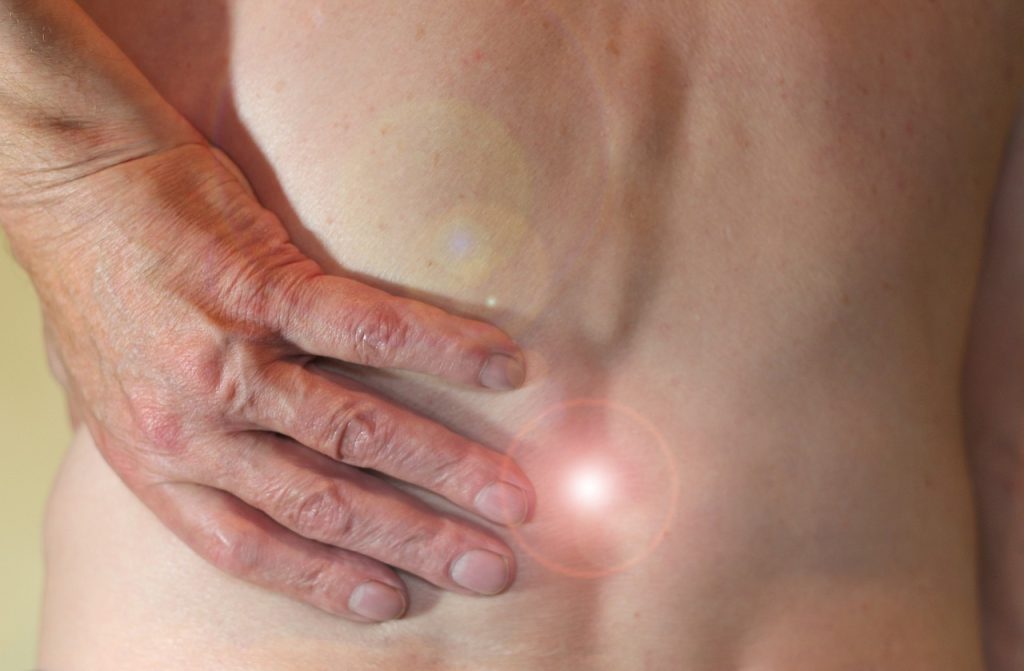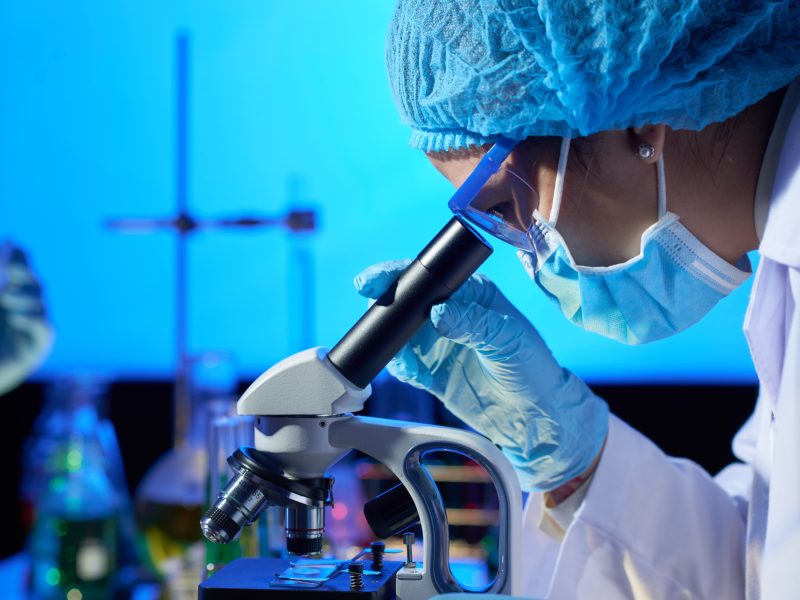Back problems are a common issue that affect a large portion of the population. In fact, around 12 million work days are lost each year to back problems. There are various causes of back problems, ranging from poor posture to underlying medical conditions. Some of the most common back problems include lower back pain, herniated discs, spinal stenosis, and osteoarthritis.
Lower Back Problems

Lower back pain is the most common type of back problem, affecting around 80% of people at some point in their lives. A number of factors cause back problems, including poor posture, muscle strain, and injury. In some cases, it may also be caused by underlying medical conditions such as arthritis, osteoporosis, or a herniated disc. Despite its prevalence, many people do not understand the causes of lower back pain and how to effectively treat it.
One of the primary causes of lower back pain is poor posture. When people sit or stand for extended periods of time with poor posture, they put excessive stress on the lower back muscles and joints. This can lead to pain and discomfort. This is particularly true for people who spend a lot of time sitting at a desk or driving, as they are often in a seated position for hours at a time.
Another common cause of lower back pain is injury. This can be the result of a sudden strain or sprain. Having said that, it can occur gradually over time from repetitive motions. In some cases, injury to the lower back can also occur from falls, car accidents, or other traumatic events.
In addition to poor posture and injury, underlying medical conditions can also cause lower back pain. For example, arthritis, osteoporosis, herniated discs, and spinal stenosis can all cause pain and discomfort in the lower back.
Treatment for Lower Back Problems
Treatment for lower back pain varies depending on the underlying cause. In some cases, simple lifestyle changes such as improving posture. Additionally, exercising regularly and maintaining a healthy weight can help to relieve symptoms. In more severe cases, physical therapy, medications, and surgery may be necessary.
Physical therapy is often an effective treatment option for lower back pain. It helps to strengthen the muscles that support the lower back, improve flexibility and range of motion, and reduce pain and discomfort. Medications, such as non-steroidal anti-inflammatory drugs (NSAIDs) and pain relievers, can also be used to manage pain and inflammation. In severe cases, surgery may be necessary to address underlying medical conditions, such as a herniated disc.
To sum up, lower back pain is a common problem that affects millions of people around the world. It can be caused by a variety of factors, including poor posture, injury, and underlying medical conditions. With proper diagnosis and treatment, however, lower back pain can be managed effectively, and people can enjoy relief from pain and discomfort.
Herniated Discs

Herniated discs occur when the soft centre of a spinal disc pushes through a tear in the outer ring of the disc. This can cause pain and discomfort, as well as nerve damage if the herniated disc presses against a spinal nerve. Herniated discs are a common cause of lower back pain, as well as pain and discomfort in the legs and arms.
The causes of herniated discs can vary. Some common causes include age-related wear and tear, injury, and overuse. People who perform repetitive motions, such as lifting heavy objects, can be at a higher risk for developing a herniated disc. In addition, people who are overweight or have a sedentary lifestyle may also be more likely to develop this condition.
Symptoms of a herniated disc can vary, but may include lower back pain, numbness and tingling in the arms or legs, and muscle weakness. In some cases, the symptoms may be severe and debilitating, making it difficult to perform everyday tasks.
Diagnosis of a herniated disc is typically made through a combination of physical exams, imaging tests, and nerve tests. Physical exams may include an assessment of the patient’s range of motion and reflexes, as well as a check for muscle weakness. Imaging tests, such as MRI or CT scans, can help to determine the location and extent of the herniated disc.
Treatment of Herniated Discs
Treatment for a herniated disc depends on the severity of the symptoms and the underlying cause. In many cases, conservative treatments such as physical therapy, pain management, and medications can help to relieve pain and discomfort. In severe cases, surgery may be necessary to remove the herniated portion of the disc. This leads to relieved pressure on the spinal nerve roots.
A herniated disc is a condition that affects the spine and can cause pain and discomfort in the lower back, arms, and legs. It can be caused by a variety of factors, including age-related wear and tear, injury, and overuse. With proper diagnosis and treatment, however, people can often find relief from their symptoms and improve their quality of life.
Spinal Stenosis

Spinal stenosis is a condition in which the spinal canal narrows, putting pressure on the spinal cord and nerves. This narrowing can put pressure on the spinal cord and the nerve roots, leading to pain, numbness, and weakness in the arms, legs, and back. Most commonly, older adults suffer from spinal stenosis, but it can occur in people of all ages.
There are several factors that can contribute to spinal stenosis. Age-related wear and tear, as well as genetic conditions, such as osteoarthritis and scoliosis, can cause the spinal canal to narrow. Injuries, such as a herniated disc, can also contribute to spinal stenosis. In some cases, the condition is congenital, meaning that people are born with a narrow spinal canal.
Symptoms of spinal stenosis can vary, but may include lower back pain, leg pain and cramping, numbness and tingling in the legs and arms, and difficulty walking. In severe cases, the symptoms can be debilitating, making it difficult for people to perform everyday activities.
Diagnosis of spinal stenosis is typically made through a combination of physical exams, imaging tests, and nerve tests. Physical exams may include an assessment of the patient’s range of motion, reflexes, and muscle strength. Imaging tests, such as MRI or CT scans, can help to determine the location and extent of the spinal stenosis.
Treatment for Spinal Stenosis
Treatment for spinal stenosis depends on the severity of the symptoms and the underlying cause. In many cases, conservative treatments, such as physical therapy, pain management, and medications, can help to relieve pain and discomfort. In severe cases, surgery may be necessary to relieve pressure on the spinal cord and nerve roots.
To summarise, spinal stenosis is a condition that affects the spinal column and is characterised by the narrowing of the spinal canal. It can cause pain, numbness, and weakness in the arms, legs, and back. The causes vary, but include age-related wear and tear, injury, and congenital conditions. With proper diagnosis and treatment, however, people can often find relief from their symptoms and improve their quality of life.
Osteoarthritis

Osteoarthritis is a degenerative condition that affects the joints in the spine, causing pain and stiffness. It is characterised by the gradual wearing away of the cartilage that cushions the joints, leading to pain, stiffness, and limited mobility. The condition is most commonly present in the knees, hips, and hands. However, it can also affect other joints in the body.
The exact cause of osteoarthritis is not known. However, a combination of factors, including age, injury, genetics, and obesity, can contribute to the development of the condition. As people age, their joints become less flexible, and the cartilage that cushions the joints begins to break down, leading to osteoarthritis.
Symptoms of osteoarthritis can vary, but may include joint pain and stiffness, swelling, and decreased range of motion. In severe cases, the joint may become deformed, leading to difficulties with everyday activities.
Diagnosis of osteoarthritis is typically made through a combination of physical exams, imaging tests, and blood tests. Physical exams may include an assessment of the affected joint, as well as a check for pain and swelling. Imaging tests, such as X-rays or MRI, can help to determine the extent of the joint damage.
Treatment for Osteoarthritis
Treatment for osteoarthritis depends on the severity of the symptoms and the underlying cause. In many cases, conservative treatments, such as physical therapy, pain management, and weight management, can help to relieve pain and discomfort. In severe cases, surgery may be necessary to replace the damaged joint with an artificial joint.
Osteoarthritis is a chronic joint condition that affects millions of people worldwide. It is characterised by the gradual wearing away of the cartilage that cushions the joints, leading to pain, stiffness, and limited mobility. With proper diagnosis and treatment, however, people can often find relief from their symptoms and improve their quality of life.
Treatment for back problems varies depending on the underlying cause. In many cases, simple lifestyle changes such as improving posture, exercising regularly, and maintaining a healthy weight can help to relieve symptoms. In more severe cases, medication, physical therapy, and surgery may be necessary.
Back pain making life uncomfortable for you? How about trying something new, that works especially well if you work in an office or work from home. The Sissel Sitfit cushion has been developed for people who work at a desk and struggle with maintaining a good posture while working. Head over here to have a look at the Sissel Sitfit Cushion. You’ll be glad you did.
Wrapping Up Back Problems
To summarise, back problems are a common issue that can cause significant discomfort and pain. There are many different causes of back problems. These range from poor posture to underlying medical conditions, and treatment options vary depending on the cause. It is important to seek medical attention if you are experiencing back pain. This is because early diagnosis and treatment can help to prevent the condition from becoming more severe.
Looking for more posts about back problems? Then head over here where you will find lots of different posts with advice on how to try and ease your pain. You won’t regret it!
Read More
- Empathy and Its Part in Emotional Intelligence
- 5 Strategies for Practising Self-Regulation
- Arthritis – Its Symptoms, Causes and Treatments
- The Increasing Popularity and Benefits of Air Purifiers
- Why Fighting Chronic Stress Is Everybody’s Fight
Disclaimer: The information provided on Healthy Lifestyles for All is intended for general educational purposes only and should not be considered as medical advice. Please consult with your GP or other health professional before making any significant changes to your diet, exercise routine, or any other aspect of your lifestyle. We are not responsible for any adverse effects or consequences resulting from the use of the information provided on our blog.
Comments: I hope you enjoyed reading this post as much as I enjoyed writing it. If you liked it, please leave a comment. If you didn’t like it, disagree with something I have written (I’m okay with that), or think I got something wrong (that’s okay too), please leave a comment as well. We only truly learn from our mistakes, so I am happy to have mine pointed out.
Affiliate Links: Please also note that I may make a small amount of money if you buy one of the products I recommend in any of my blog posts. Rest assured that I have done my own due diligence, and only recommend products that have been tried and tested, and have extremely good feedback. Additionally, many of the products I recommend have 30 or 60-day money-back guarantees, so you can buy in the confidence that if a particular product is not right for you, you can get a refund.

